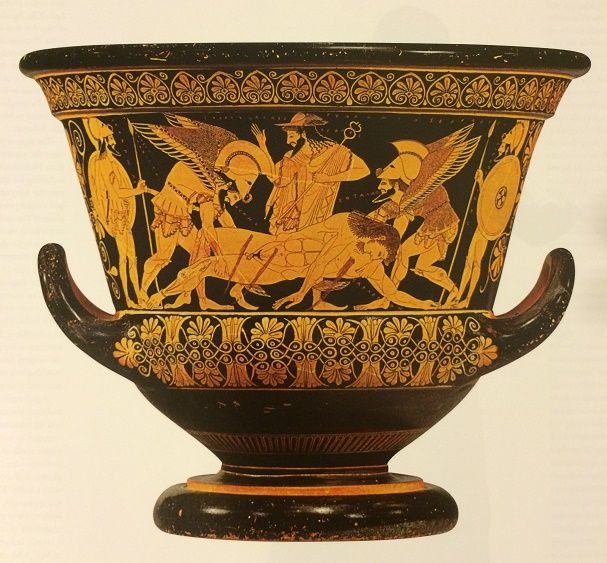Let The Museum Dance ---- How Does A good Museum Spend Money And Then Make More Money?
Buying and selling is the essential part of the capital operation. The museum, which operates in this way. The museum is like on both sides of scales, one end is a collection of the collections, and the other end is the export of the collections. Museums must decide which should be collected, and which should be discarded? In this balance operation way, museums interrelate collect, preserve, research, display and disseminate functions to dedicated to the readers of the visual feast.
There I want to give an example of the director of the Manhattan's Metropolitan Museum of Art, Thomas Hoving. From 1967 to 1977, brash, energetic Hoving transformed a stodgy, elitist institution into a bottom-line-oriented business enterprise, a modernized, expansive museum that actively engages the public. During this period, Hoving obsessed with the pursuit of the art collection, and his collection style was the same as that of pirates, so he was awarded the title of "shark." He said the management of museum has no difference with manage General Motors Corporation. That created a big stir in that times.
Hoving said in his book Make museum dance that, I love artworks more than women. There are thousands of artworks I complimented, hundreds of artworks I loved. However, there is only one I wanted is a classical Greek Painted Pottery in BC 510, the Euphronious Krater.

(The Euphronious Krater. The collection of the Metropolitan Museum of Art from 1972 to 2008.)
The Euphronious Krater, it is the only complete example of the surviving 27 vases painted by the renowned Euphronios and is considered one of the finest Greek vase artifacts in existence. Which was bought by the Metropolitan Museum of Art in 1972 with one million dollars. In that time, the Metropolitan Museum of art was selling off a lot of artworks they didn't need. The selling off was put the Metropolitan Museum into the swamp of the negative reports at that time. The Euphronious Krater is one the most important profit that gets from the selling off, which reversed the negative reports.
.jpg)
Besides selling off artworks and buying in new artworks. Hoving uses these new artworks to hold exhibitions. Also, he opened shopping stores to sell postcard and duplicate of artwork clothes. They even invited famous stars Marisa Berenson as the model of their clothes. That also makes a lot of money. As Hoving said, he is trying to manage of the Metropolitan Museum of art like a company.
New York Times had an obituary"Thomas Hoving, Remaker of the Met, Died at 78. The New Times said, "He became its seventh director and, at 35, its youngest. And during his tumultuous reign the museum did many things it had never done before, often for the better, sometimes for the worse. It formed a contemporary art department and displayed Pop painting alongside Poussin and David; regularly draped the now-familiar banners on its facade to advertise shows; created the enlarged front steps that have become Fifth Avenue’s bleachers; paid $5.5 million for a single painting (the Velázquez masterpiece “Juan de Pareja”) while quietly selling works by van Gogh, Rousseau and others to help pay for it."
Like the Thomas Hoving autobiography's name " Making the Mummies Dance". Hoving was trying to making the Met dance. And he did it.

100% of the SBD rewards from this #explore1918 post will support the Philadelphia History Initiative @phillyhistory. This crypto-experiment conducted by graduate courses at Temple University's Center for Public History and MLA Program, is exploring history and empowering education. Click here to learn more.